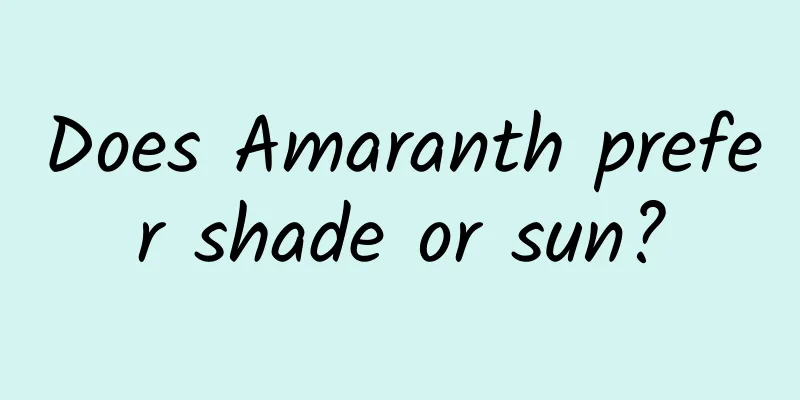Introduction to the characteristics and secrets of Mimosa

1. Characteristics of MimosaMorphology: Mimosa is a perennial herb or subshrub of the Leguminosae family, about one meter tall, with a cylindrical stem and many branches. Its stipules are lanceolate and are approximately five to ten millimeters long. Its leaflets are generally distributed symmetrically, with about ten to twenty pairs, with acute tips, and the overall shape is like a feather. Flowers: The flowers of mimosa are in head-shaped inflorescences with a fluffy appearance, white or pink color, and are relatively small in size. Its calyx is bell-shaped, and it looks very delicate and cute overall, with good ornamental value. The flowering period is generally in September. Pods: The pods of mimosa are generally oblong, between one and two centimeters long, about five millimeters wide, relatively flat and slightly curved. There are seeds inside, which are oval and about 3.5 mm long. Reaction: Mimosa gets its name because its leaves automatically close when stimulated by external stimuli, and then slowly open again. However, if it is stimulated too much, it may feel "bored" and unwilling to respond to any external stimuli. The specific reason is that the cell fluid in the thin-walled cells in its pulvinus is lost too quickly and cannot be replenished in time. 2. Secret IntroductionThe reason why mimosa responds to external stimuli is due to a special organ of its. This organ is called the pulvinus. The petiole contains many thin-walled cells. Whenever there is external stimulation, the cell fluid in the thin-walled cells in the upper part of the pulvinus will be discharged into the intercellular space, so that the turgor pressure in the upper part of the pulvinus is greatly reduced, but the turgor pressure in the lower part remains the same, which causes the two leaflets to close, and sometimes even the entire leaf droops. When the cell sap flows back, the leaves will open again and return to their original state. |
<<: The secret of mimosa, pictures of mimosa
>>: Mimosa information, Mimosa pictures
Recommend
How to prune gooseberries
Why Prune Gooseberries The branches of gooseberri...
How to make Buddha's hand potted plants bear fruit
1. Acidic loam The choice of soil is of great sig...
Does the plant need to be watered every day?
Do you water the loofah every day? In summer, loo...
How much is the average yield of sunflower per acre? The cost and net income of planting sunflower per acre
Sunflower yield per mu Due to the high economic d...
Causes and treatments for yellow leaves of purple pearl
1. Lighting Issues Reason: Purple pearls have a r...
Four-season management methods of cactus
Spring management of cactus To grow cactus in spr...
Is it profitable to grow ginseng? Planting prospects and profit analysis
Is growing ginseng profitable? At present, with t...
What fertilizer is best for Jade Kylin?
Fertilization time for Jade Qilin It is generally...
The correct way to water orchids
1. Watering method When watering orchids, be sure...
1 pot of Chlorophytum comosum can turn an old house into a mansion and save 100,000 yuan in renovation costs!
If you arrange your green radish like this, one p...
How to make daffodils bloom more
1. Moisture When we buy the daffodils we need, we...
When is the best time to plant roses?
Cuttings are one of the main ways to propagate ro...
Can lily bamboo be hydroponically cultivated? Hydroponics cultivation methods and precautions
Can lily bamboo be hydroponically cultivated? Lil...
Wisteria planting time and method
Wisteria planting time Wisteria can be planted by...
How to sow Periploca
1. Prepare seeds Wait until the fruits are ripe i...









